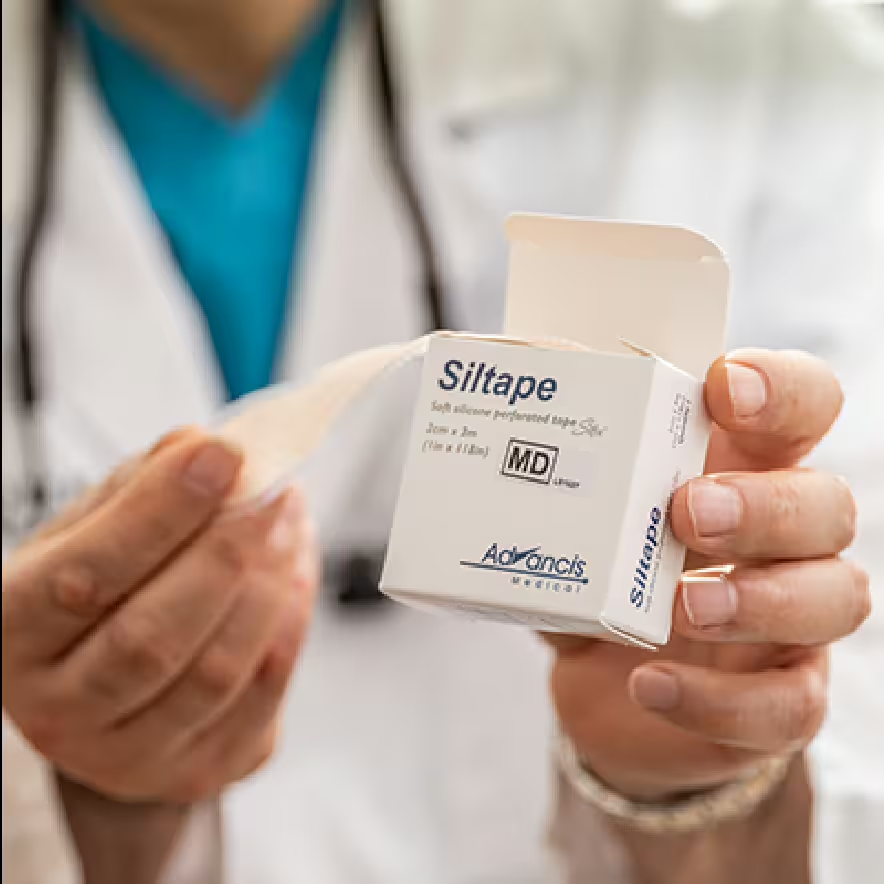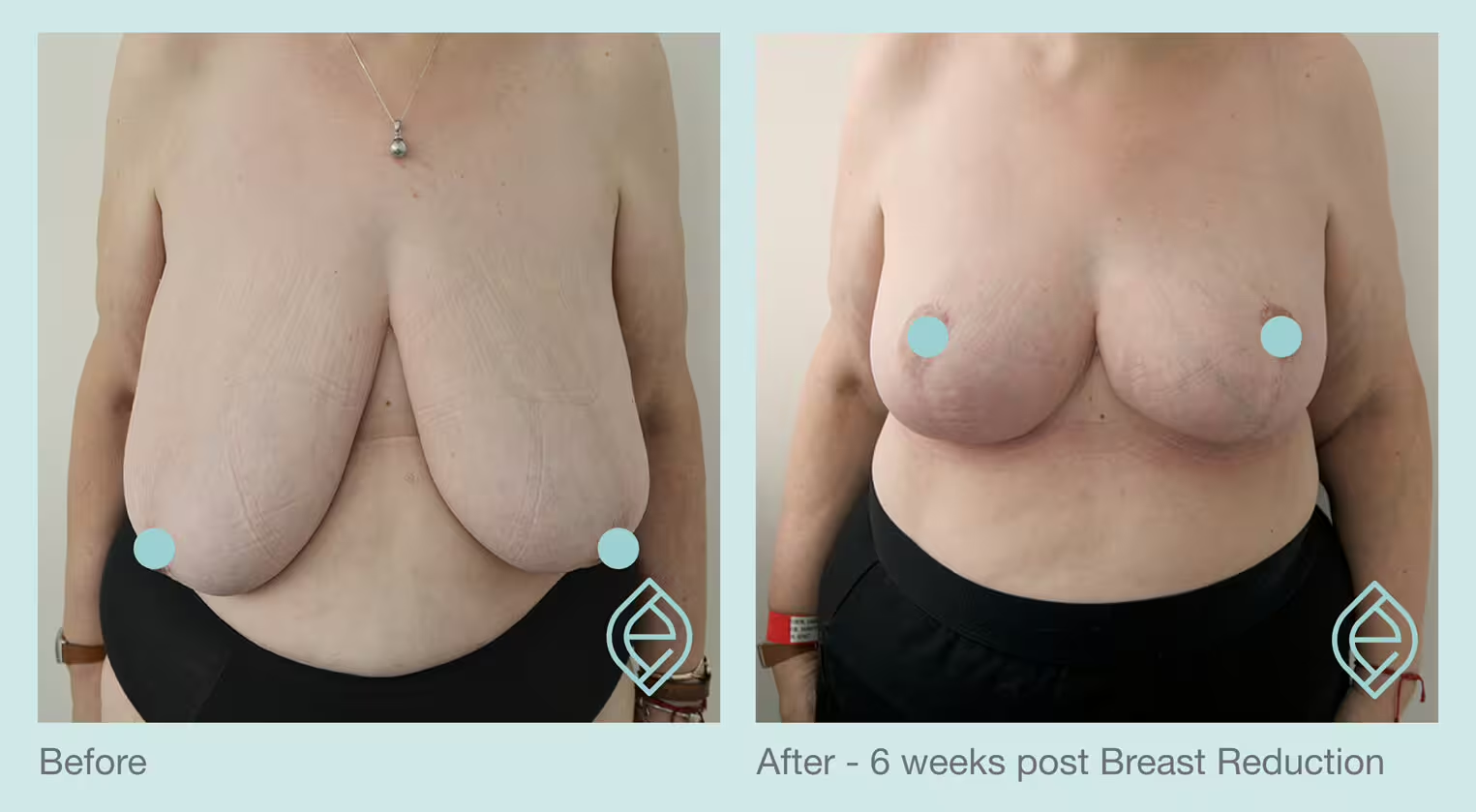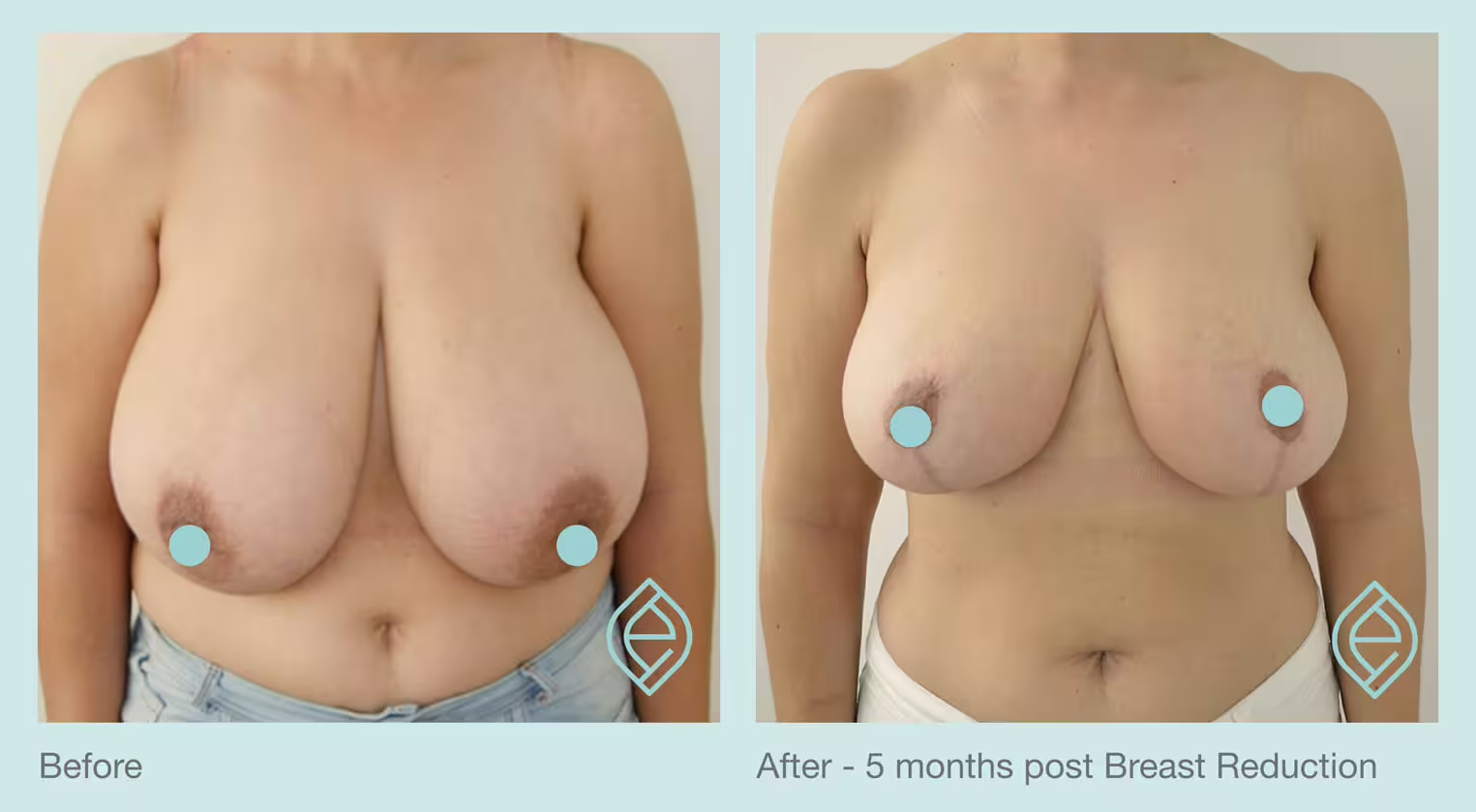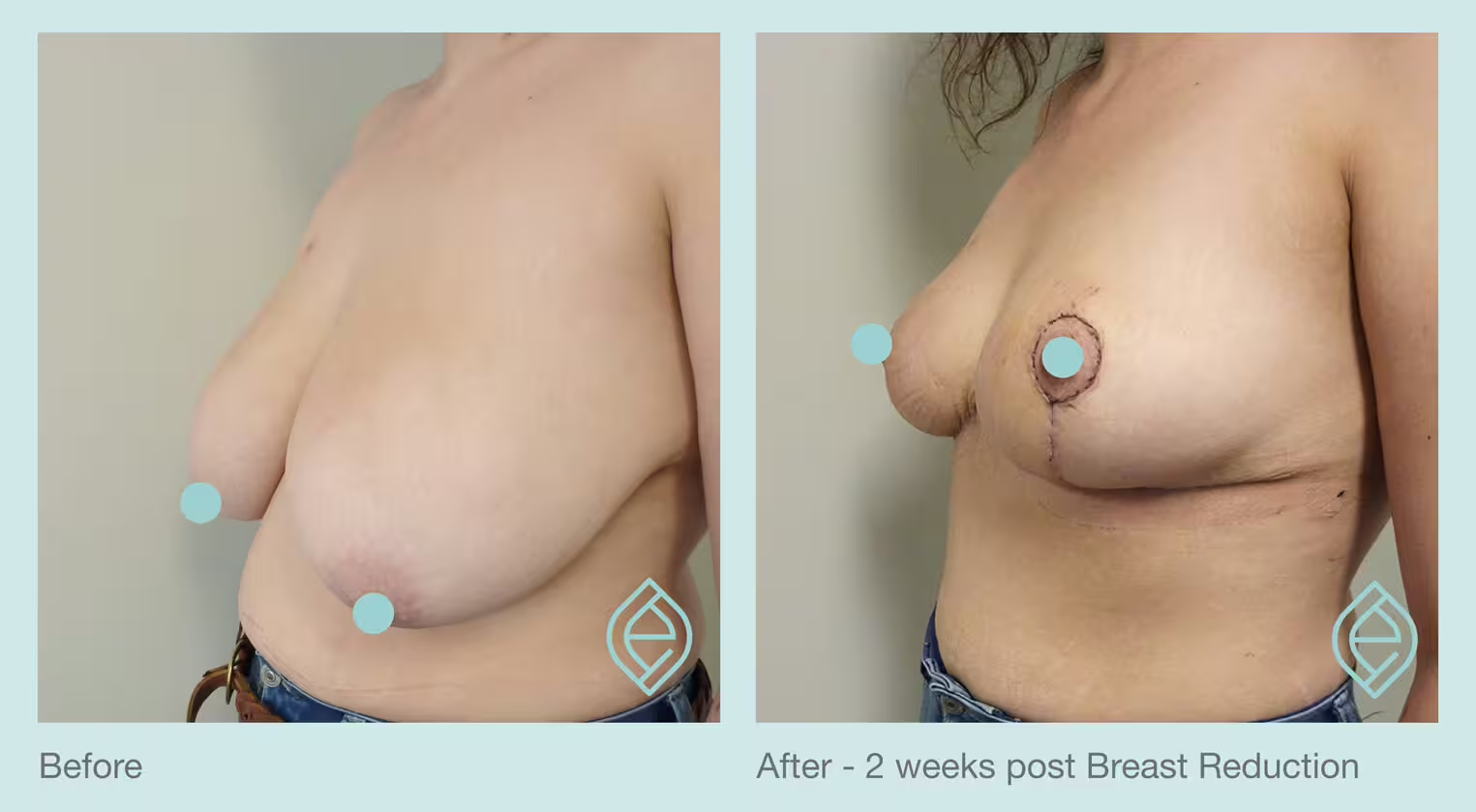While all care and diligence is taken by Dr Safvat to minimise or avoid complications, any surgical procedure can be associated with some general complications and/or specific complications related to the surgery you are having. Choosing a Specialist Plastic Surgeon such as Dr Safvat and having your procedure done in an accredited hospital minimises risks, as does using accredited Anaesthesists.
Some general surgical potential complications are:
• Infection that may require antibiotics (Dr Safvat prescribes all patients antibiotics after surgery to minimise this risk).
• Fluid build-up under the skin (seroma).
• Allergic reaction to dressings and other items used during the procedure.
• The formation of blood collection (haematoma) which could require additional surgery.
• Scars heal differently in different people. Some people are genetically prone to develop keloid scars. Hypertrophic scars develop when there is a complication in the healing process. Whilst not ideal, there is no threat to your health if you develop these.
Some potential complications related to breast lift surgery specifically are:
• Loss of nipple and areola sensation or alteration of sensation is common and usually temporary. However, in some cases, it may persist indefinitely.
• Asymmetry
• Inability to breast feed
• Loss of nipple and areola tissue is rare but can happen if the nipple/areola loses its blood supply.







